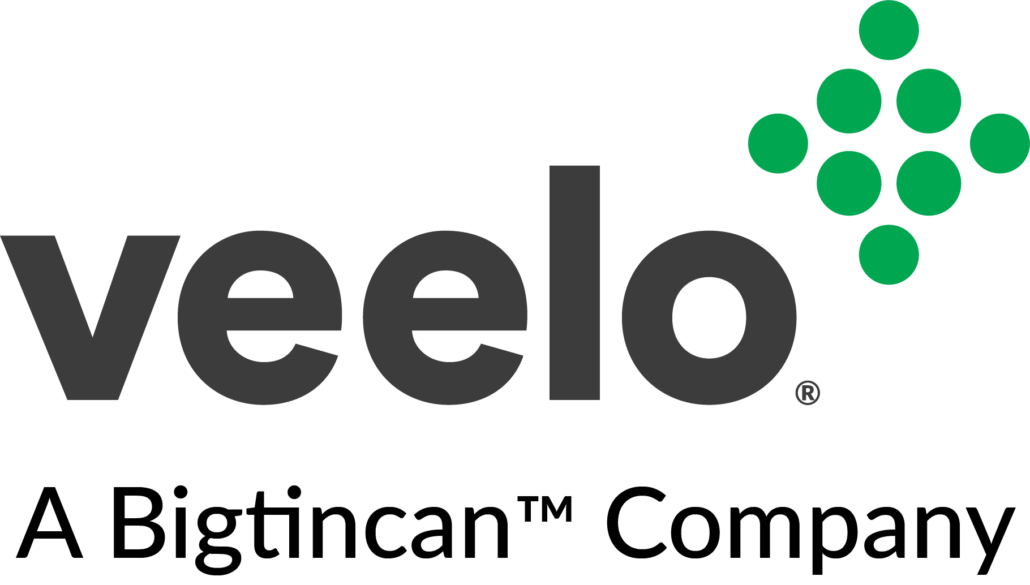Smarter Practice Methods for Sales Enablement Part 1: The Problem with Illusions

A lot of conventional wisdom about the best way to achieve mastery of a skill—even baseline competency—is wrong, or at best, incomplete. In particular, these two truths are often held as self-evident:
- The 10,000-Hour Rule: popularized by Malcolm Gladwell’s Outliers, it hammers home the concept that mastery of any given field generally takes about 10,000 hours of dedicated practice.
- Long blocks of uninterrupted practice help you achieve proficiency faster
In this series of posts on how to most effectively acquire skills in a sales setting, we want to debunk those two specific notions, especially as they apply to sales training so you can level up your sales team faster and more effectively.
This first part deals specifically with one of the hardest, most insidious problems to overcome when training and practicing. Part 2 will debunk the two most popular practice myths, and Part 3 will show you the most effective way to practice.
It’s All About the Enemies You Don’t Know
Pop quiz: what’s the biggest obstacle to skill acquisition and true mastery?
It’s not ignorance, or lack of skill. Those are known issues, and you can work on vanquishing the enemies you know.
The enemies you don’t know are the ones that have the potential to really trip you up, which is why the fluency illusion can blindside you and make you fumble just when you’re certain you have the pitch down pat, or feel certain you’re going to ace a call.
The fluency illusion, as implied by the name, is the false impression that you know more than you do. You read something a dozens of times, maybe do a couple of exercises, and feel confident you’ll be ready when it’s time to perform. And then the customer asks about something out of left field, or you just plain blank out on a key piece of the demo procedure.
It’s happened to all of us, because the illusion of fluency forms both automatically and subconsciously. In the apocryphal words of Mark Twain, “It ain’t what you don’t know that gets you into trouble, it’s what you know for sure that just ain’t so.” Sometimes, we plain forget what we’ve forgotten, which makes it very hard to compensate for.
And sometimes, the conventional methods of practice can sometimes make the fluency illusion worse. Check out part 2, where we talk about how conventional wisdom about practice isn’t especially wise, and part 3, in which we provide you with some tips on how to level up your sales team better and faster.

